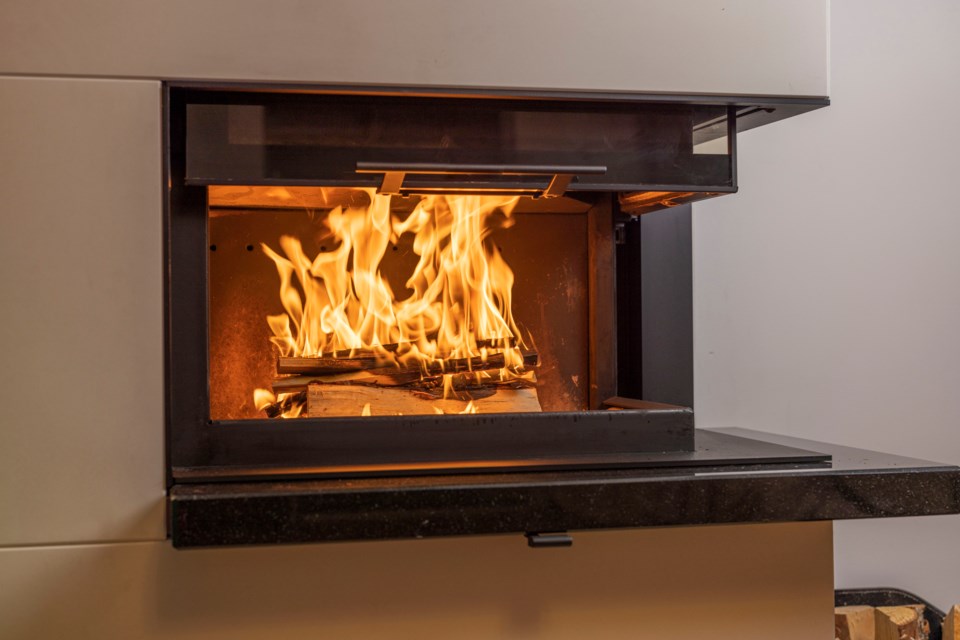With winter fast approaching, it’s time to assess your home heating. If you are planning on renovating or changing your heat source, now is the time to plan.
Gas fireplaces can often be more cost-effective, practical, and environmentally friendly than wood-burning fireplaces. Ultimately, your choice of gas fireplace options boils down to what you can practically install in your home. A gas fireplace insert is placed into an open hearth that once held a wood-burning fireplace. A gas fireplace doesn’t need an existing fireplace but will need venting and a safe surround.
Here’s a comparison between a gas fireplace and a gas fireplace insert.
What is a gas fireplace, and what are the benefits?
Gas fireplaces have a dual-box technology design that can make them look great, and they’re available in a variety of styles, sizes, and options. They are energy-efficient, often resulting in energy savings of around 20%. They can be placed against a wall with safe framing around them, and there is extra space to enhance with insulation. The surrounding area will be cooler, but the heating unit will be hot; protection can be added by using a security screen in households with children or pets.
A gas fireplace can be surrounded by non-combustible components and is known as a zero-clearance unit. Some gas fireplaces are not completely zero-clearance, and these need non-combustible facing or steel stud framing on the sides and top to make them safe.
A gas fireplace needing a vent will have to have one installed to standard by a professional. The gas fireplace itself also needs expert gas professional installation. However, gas fireplaces don’t need a pre-existing hearth or chimney, so they are suitable for homes that don’t already have a fireplace. They can be added without extensive renovations.
What is a gas fireplace insert, and how does it compare?
Gas fireplace inserts are called such because they can be inserted into an open hearth where there was previously a wood-burning fireplace. They are more efficient than traditional fireplaces and will heat a room quickly, and their placement in a hearth makes them safe, but they do need non-combustible framing, too. Gas inserts have flames that look like traditional embers, but they don’t create the mess of a wood fire. Gas inserts allow heat production between their two boxes, and then the heat is transferred to the room. They are very energy efficient, just like gas fireplaces.
You can choose between ventless and vented gas fireplace inserts; vented inserts may use an existing chimney with an additional co-linear venting and exhausting system installed. Again, a gas insert will need to be installed by a gas professional, as with the venting system, and any existing hearth or chimney will need to be checked and approved for the gas fireplace insert.
Which is best - a gas fireplace or gas fireplace insert?
Both types of gas heating have their benefits. A professional will be able to assess how much heat your room requires and advise on a suitable-sized fireplace or fireplace insert. Both are more efficient than wood-burning fireplaces.
Gas fireplaces are usually slightly more expensive and a little more efficient. However, inserts are very convenient if you have an existing hearth.
If you’re upgrading from a wood-burning fireplace or stove or a log fireplace, then you may want to consider a gas fireplace insert if your hearth and chimney meet safety requirements. If you don’t have an existing hearth, then your choice will naturally be a gas fireplace.
You will need a gas installation professional to ensure your gas fire, the installation, and its surroundings are perfectly safe.
For professional advice on whether you need a gas fireplace or can accommodate a gas fireplace insert safely, experts at Zoroast, The Fireplace Store in Concord, will be able to help.
